Author: Jason Cipriani
The term “lager” is likely to conjure up images of a pale beer with a relatively light malt character that’s balanced by some degree of noble hop presence. This makes sense considering Pilsner is the most popular style of beer in the world, despite the fact a much darker lager holds the title of longest continuously brewed style.
The first documented mention of Schwarzbier, which translates to “black beer” in German, was in 1390 and references Braunschweiger mumme, a rustic dark beer that was brewed in the northern part of Germany. While many of the earliest commercial versions were fermented with ale yeasts, including the popular Köstritzer Schwarzbier, the style eventually came to be defined by the delicate and clean character imparted by bottom fermenting lager yeast.
The BJCP provides the following description for Schwarzbier:
A dark German lager that balances roasted yet smooth malt flavors with moderate hop bitterness. The lighter body, dryness, and lack of a harsh, burnt, or heavy aftertaste helps make this beer quite drinkable.
I’ve heard it said that Schwarzbier is just a Pilsner that’s dark, though the few examples I’ve had possessed at least a hint of smooth roast or chocolate flavor, which I enjoyed. Having relatively little experience with Schwarzbier, I was excited to see what others would think of a version made using less than traditional methods!
| BREWING THE BEER |
Having little experience brewing Schwarzbier, I relied on a recipe I found on the AHA website, reducing the amount of Midnight Wheat to lighten things up a bit.
Short & Shoddy Schwarzbier
Recipe Details
| Batch Size | Boil Time | IBU | SRM | Est. OG | Est. FG | ABV |
|---|---|---|---|---|---|---|
| 6 gal | 20 min | 21.6 IBUs | 22.6 SRM | 1.049 | 1.011 | 4.9 % |
| Actuals | 1.049 | 1.009 | 5.2 % | |||
Fermentables
| Name | Amount | % |
|---|---|---|
| Pilsner (2 Row) Bel | 8.5 lbs | 61.82 |
| Munich Malt | 4.25 lbs | 30.91 |
| Caramel Malt - 40L (Briess) | 8 oz | 3.64 |
| Midnight Wheat Black Malt | 8 oz | 3.64 |
Hops
| Name | Amount | Time | Use | Form | Alpha % |
|---|---|---|---|---|---|
| Magnum | 20 g | 20 min | Boil | Pellet | 14.4 |
| Hallertau | 16 g | 15 min | Boil | Pellet | 2.7 |
| Hallertau | 16 g | 5 min | Boil | Pellet | 2.7 |
Yeast
| Name | Lab | Attenuation | Temperature |
|---|---|---|---|
| Global (L13) | Imperial Yeast | 75% | 46°F - 56°F |
Notes
| Water Profile: Pueblo, CO tap water |
Download
| Download this recipe's BeerXML file |
I’m a decent multi-tasker, so on the night I tried my hand at making homemade pizza, I thought it’d be a good idea to brew this Schwarzbier. Since my brewing setup is right next to my stove, I figured it’d be pretty easy. After collecting the water and turning the element on to heat it up, I weighed out and crushed the grain.
The water wasn’t to strike temperature when I was done milling, and I didn’t feel like waiting, so I stirred the grains in early and let the mash recirculate until it reached my desired mash temperature.
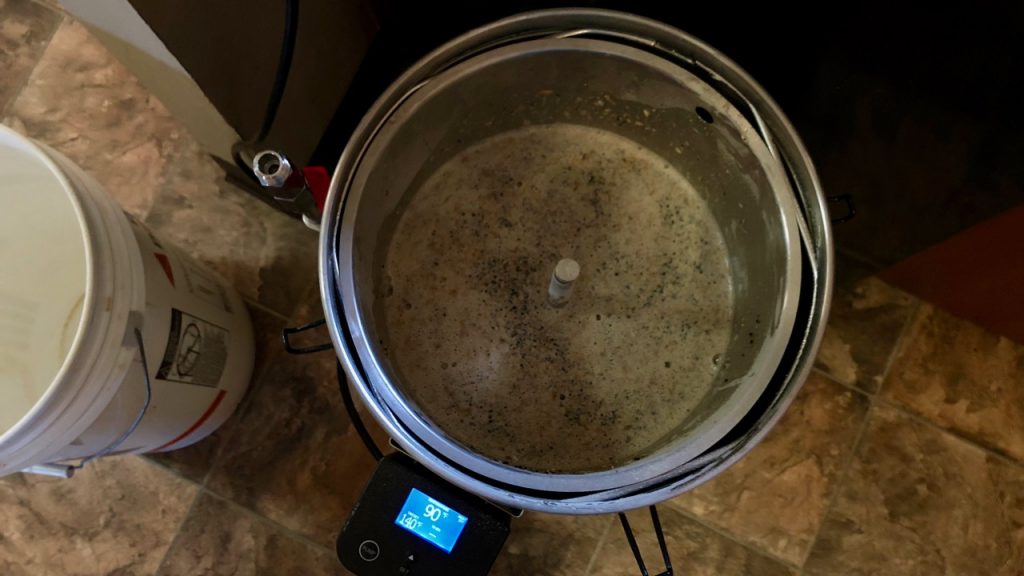
It took 37 minutes for the mash to reach my target of 152°F/66°C…
…which seemed long enough to me, so I immediately removed the grain basket and began to sparge using hot water direct from my sink faucet. Then I experienced my first ever stuck sparge.
I have no clue what caused this, but it stripped the “short” and increased the “shoddy” of this brew day. It took some screwing around, but I was eventually able to get the water to slowly flow through the grain, during which I weighed out the hops.
Once the sparge was complete over an hour later, I began heating the wort and thoughtlessly tossed in a spoonful of spent grain for kicks.
The wort was boiled for 20 minutes with hops added at the times stated in the recipe. Per my normal Grainfather routine, I kicked on the pump with 10 minutes left to go to begin sanitizing my chiller, which is when I realized I’d made a terrible mistake– the spoonful of grain I added earlier clogged the damn pump.
Hello, Shoddy, my old friend.
I was hungry and dinner was ready, so I left the wort in the kettle and ate pizza with my family. It was pretty good!
By the time I was done eating, the wort had dropped to 167°F/75°C. It was a cold night in Pueblo and only seemed right to rely on nature to help me out, so I dumped the wort into my stainless Brew Bucket and put it on my back porch to finish chilling.
A hydrometer measurement confirmed my concern– my OG was a bit lower than planned. Meh.
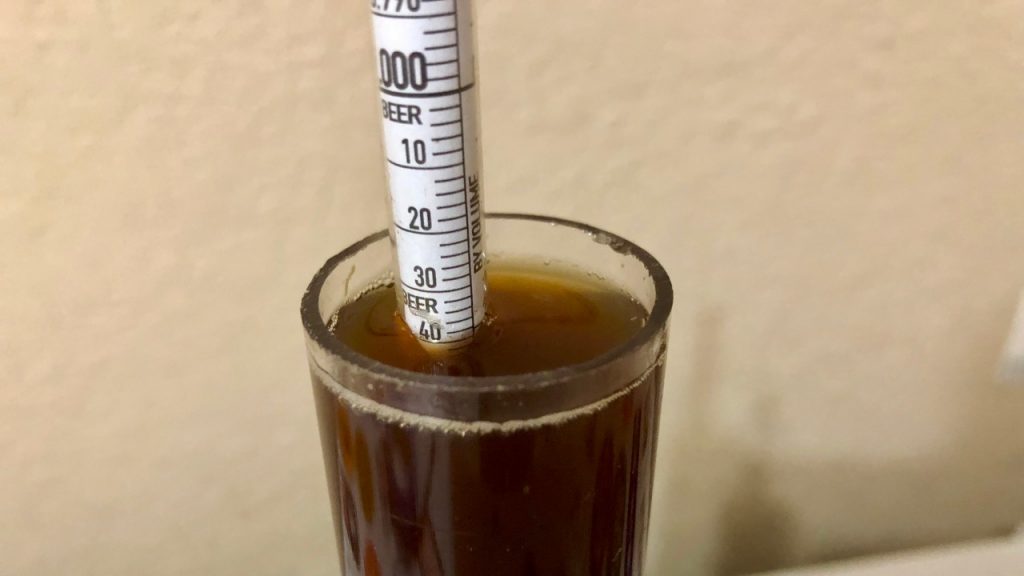
I then proceeded with the task of cleaning up, which involved removing the clogged pump to get it working again. Definitely wouldn’t recommend anyone add grains to their boiling wort when using the Grainfather.
The next morning, I moved the adequately chilled wort to my fermentation chamber controlled to 72°F/22°C and direct pitched a can of Imperial Yeast L13 Global.
Signs of fermentation were present the following day and stopped after a couple days, unsurprising considering the lower OG. I let the beer sit a couple more days to ensure the yeast had a chance to finish up before taking a hydrometer measurement confirming FG had been reached.
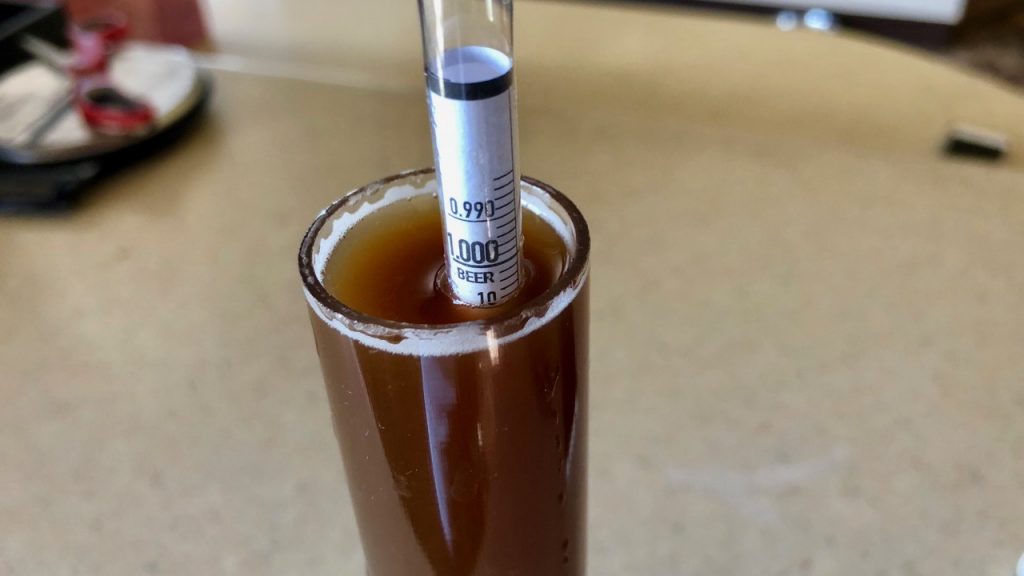
The warm beer was transferred to a sanitized keg along with gelatin fining.
I placed the filled keg in my keezer and hit the beer with a period of burst carbonation before reducing the gas to serving pressure. After a few days of cold conditioning, my first Schwarzbier was ready to serve.
| METHOD |
Participants, all blind to the brewing methods used, were served samples of the beer in standard clear taster glasses then asked to focus on its appearance, aroma, flavor, and mouthfeel. Each participant completed a brief survey in a relatively quiet setting after being instructed not to interact with others while evaluating the beer.
| RESULTS |
A total of 19 people of various levels of experience participated in this Short & Shoddy evaluation. Participants were first asked to write-in the style they believed the beer to be based on their perception.
Tasters were then instructed to rate how hoppy, malty, and dry they perceived the beer to be on a 0-5 scale where a rating of 0 indicated “not at all” and 5 indicated “extremely;” these ratings were then averaged.
Tasters were provided a list of common hop, malt, and yeast characteristics then instructed to select from each the one they perceived as being strongest in the beer.
Hop Characteristics
Malt Characteristics
Yeast Characteristics
Next, participants were asked to indicate whether or not they detected any off-flavors in the beer; those who did were provided a list of common off-flavors and instructed to select the one they perceived as being strongest. Out of the 19 participants, only 2 indicated off-flavors– acetaldehyde and metallic.
Tasters were then asked to rate how much they enjoyed the beer on a 0-5 scale where 0 indicated they hated it and 5 indicated they loved it.
Finally, the beer style was revealed to participants and they were asked to rate how representative it was on a 0-5 scale where 0 meant “not at all” and 5 meant “extremely.”
My Impressions: I was taken by surprise the first time I sampled this Schwarzbier once it was finished, as it had the crispness I expect from a lager with a backbone of roast and chocolate that I really enjoyed. I perceived a mild bitterness that lingered a bit longer on my palate than I would have liked, but even so, I felt the beer was pretty well aligned with the BJCP description. All in all, this Schwarzbier was incredibly crushable, to the point I had to disconnect the keg from my taps to stop myself from pulling a Ray.
| CONCLUSION |
If someone were to hand me a random dark beer and ask me to identify the style, Schwarzbier or any lager style would likely be close to my last guess. I’m pretty sure the color would prime me to experience characteristics more consistent with styles like Porter and Stout.
Analyzing the data, it would appear this may have been the case for some participants, though I was admittedly impressed with the number who endorsed the style as being some sort of dark lager… even if nobody correctly identified it as a Schwarzbier. Identifying beer style when sampling completely blind is insanely difficult, much more so that I’d wager most confident beer drinkers assume, and hence the fact some people thought this Schwarzbier was a arguably more well known dark ale wasn’t terribly surprising.
What I did find a little odd was the number of people who endorsed phenolics as being the the primary yeast characteristic, something I simply didn’t detect at all over multiple personal evaluations. It’s possible the beer did possess such flavors, though it could also be that tasters weren’t familiar enough with the style and perhaps confused the roasty malt character as a fermentation derived phenol.
In post-evaluation talks with participants, a point at which the style had been revealed, the only complaint was that the beer lacked a prominent lager character. Besides that, the feedback was largely positive, many stunned to hear of my Short & Shoddy brewing process, and all indicating they enjoyed drinking the beer.
Given all my other brew day mishaps, I was generally surprised with how well it turned out, especially given the fact I added spent grain directly to the boil, which I fully expected to impart a noticeable astringency. While I’ve no plans to make that particular mistake again in the future, this experience certainly strengthened my confidence that good beer can be produced using less than traditional methods.
If you have thoughts about this Short & Shoddy brew, please feel free to share in the comments section below!
Support Brülosophy In Style!
All designs are available in various colors and sizes on Amazon!
Follow Brülosophy on:
FACEBOOK | TWITTER | INSTAGRAM
If you enjoy this stuff and feel compelled to support Brulosophy.com, please check out the Support Us page for details on how you can very easily do so. Thanks!

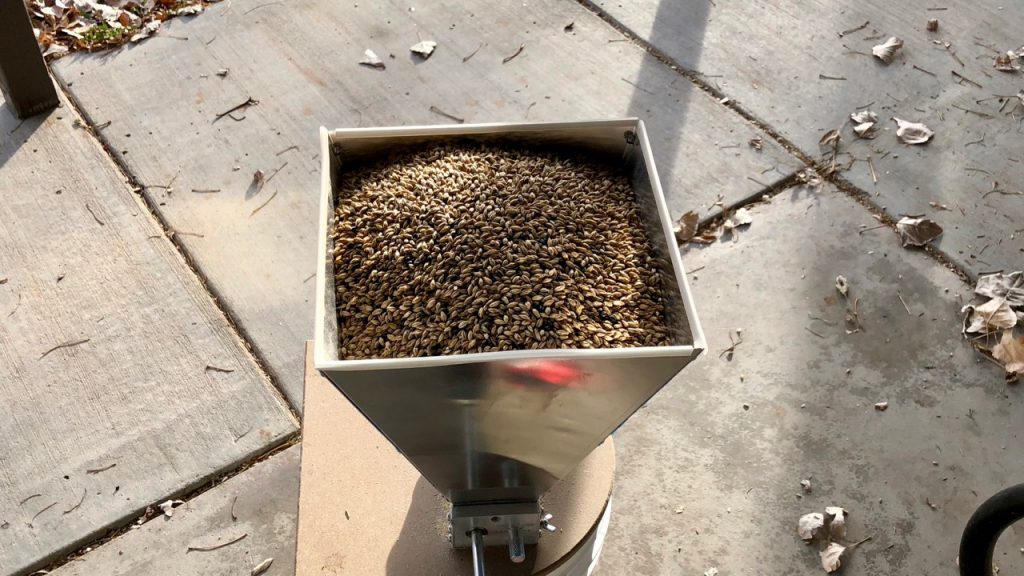
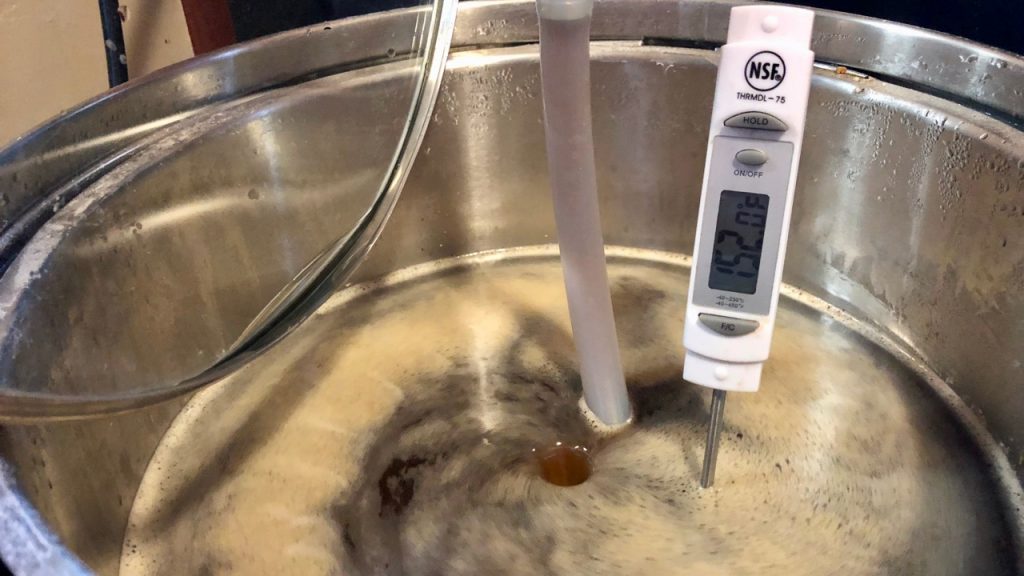
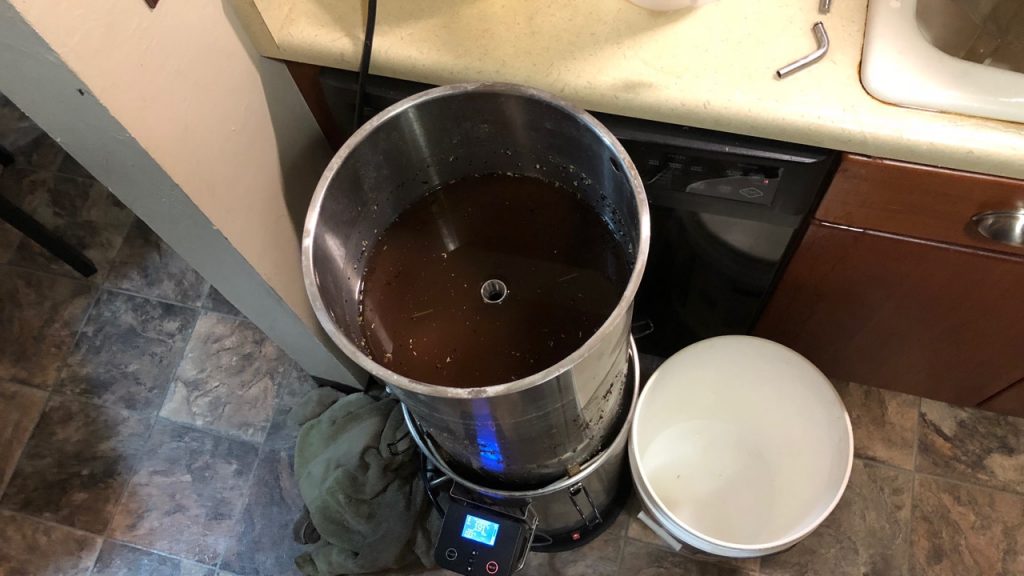
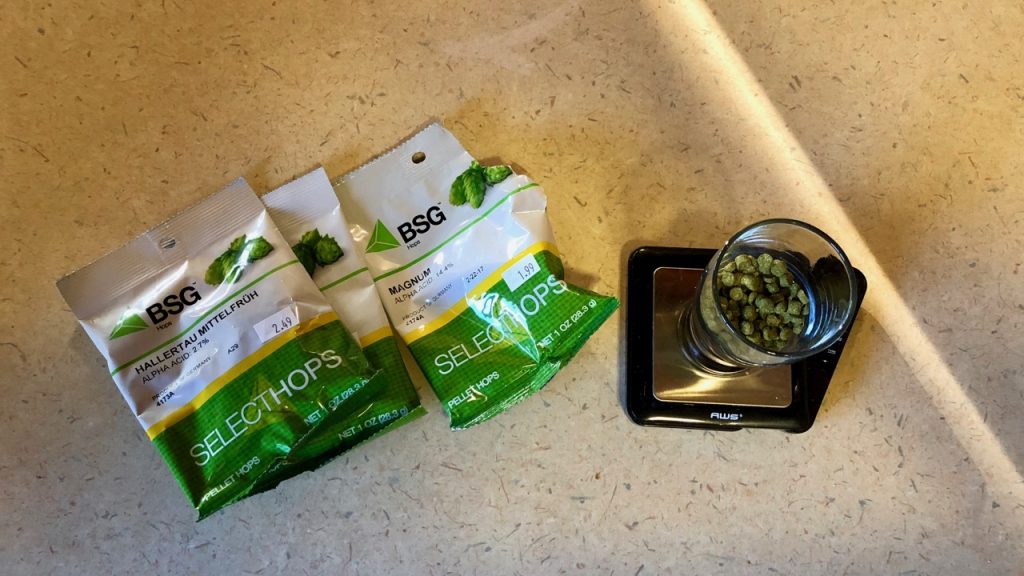
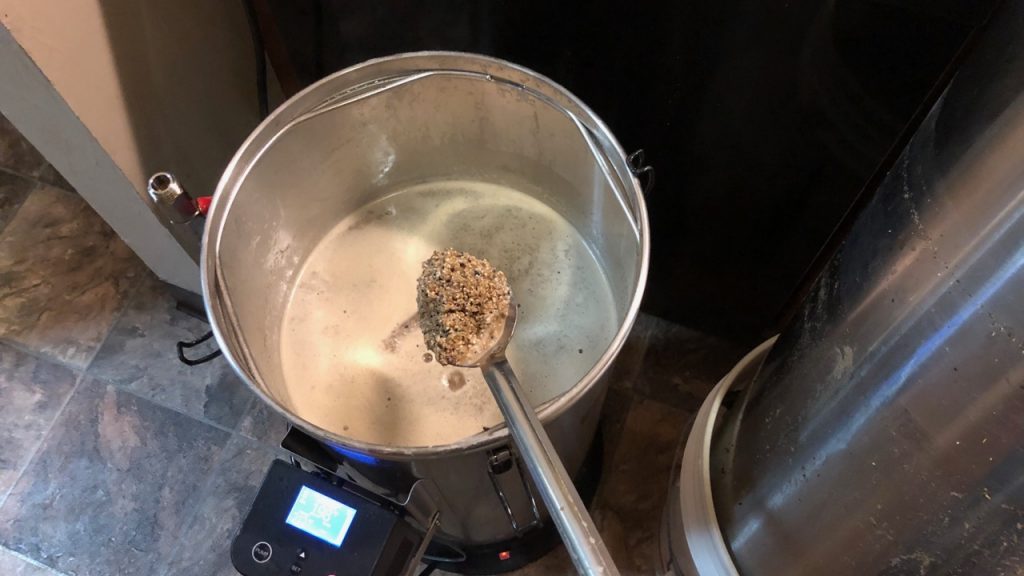
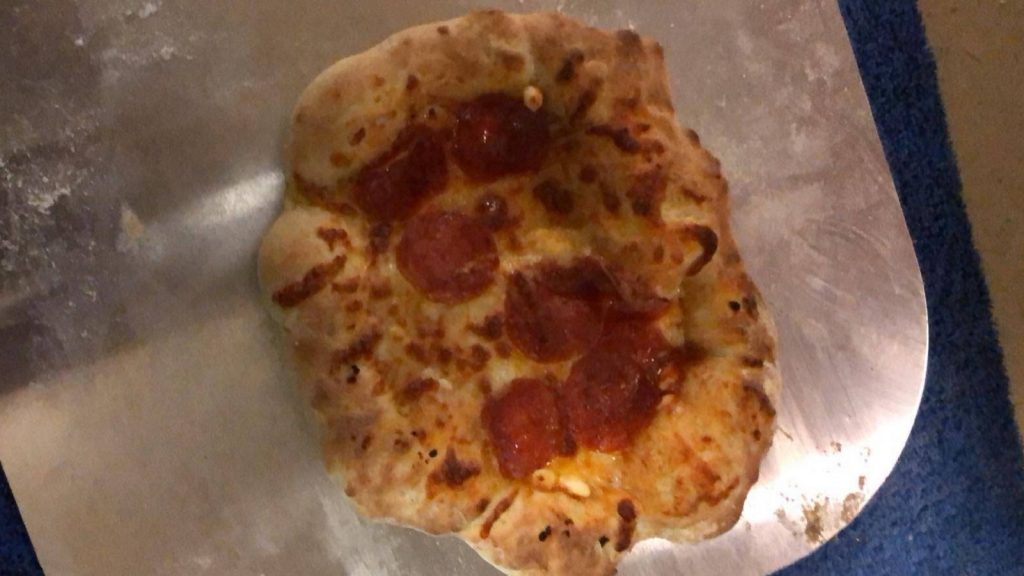
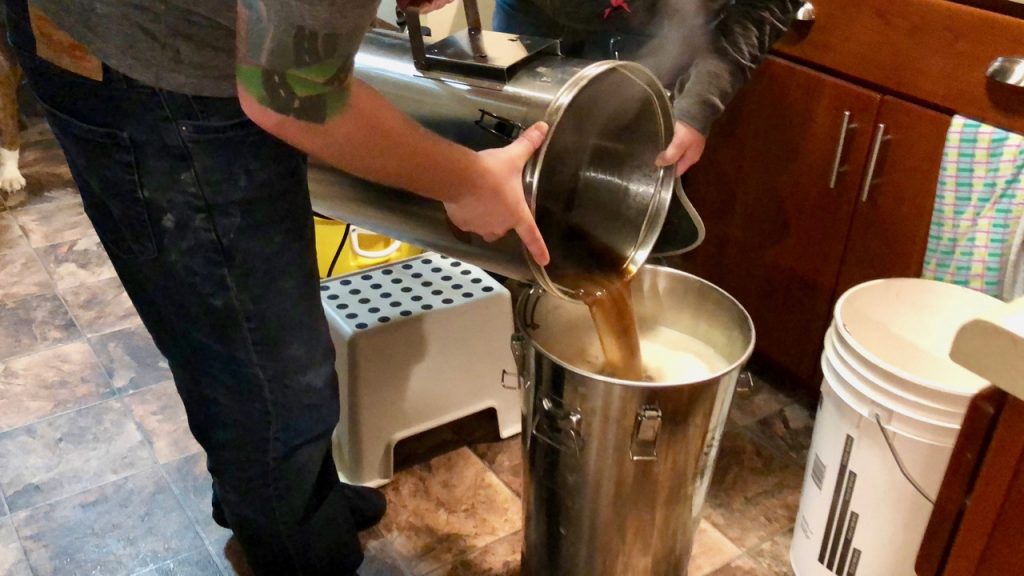
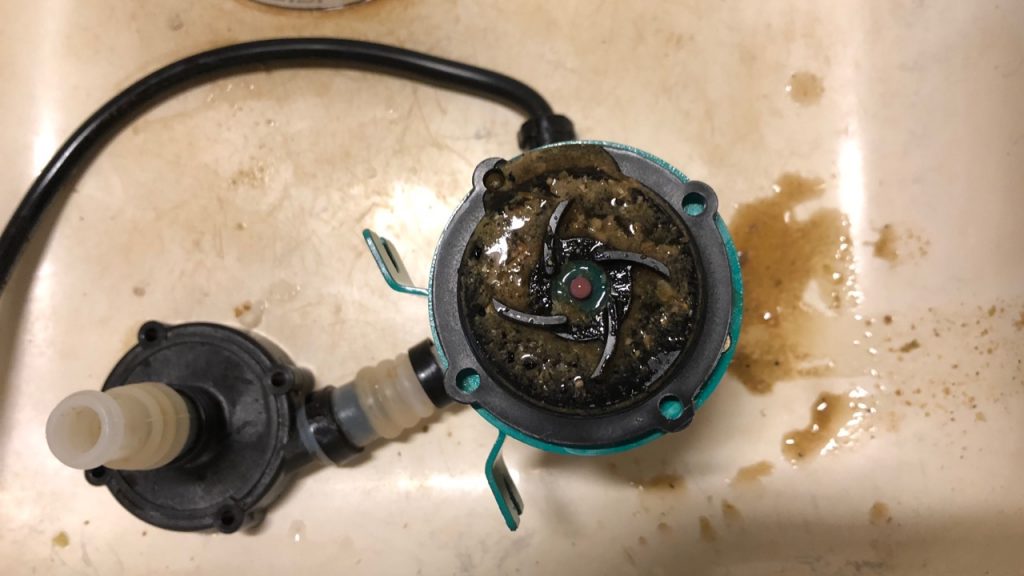
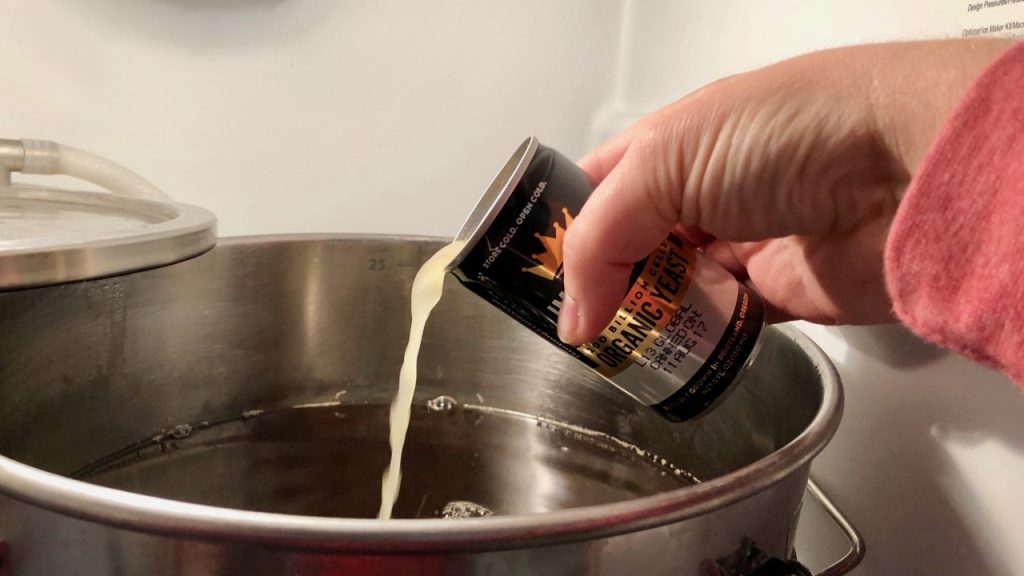
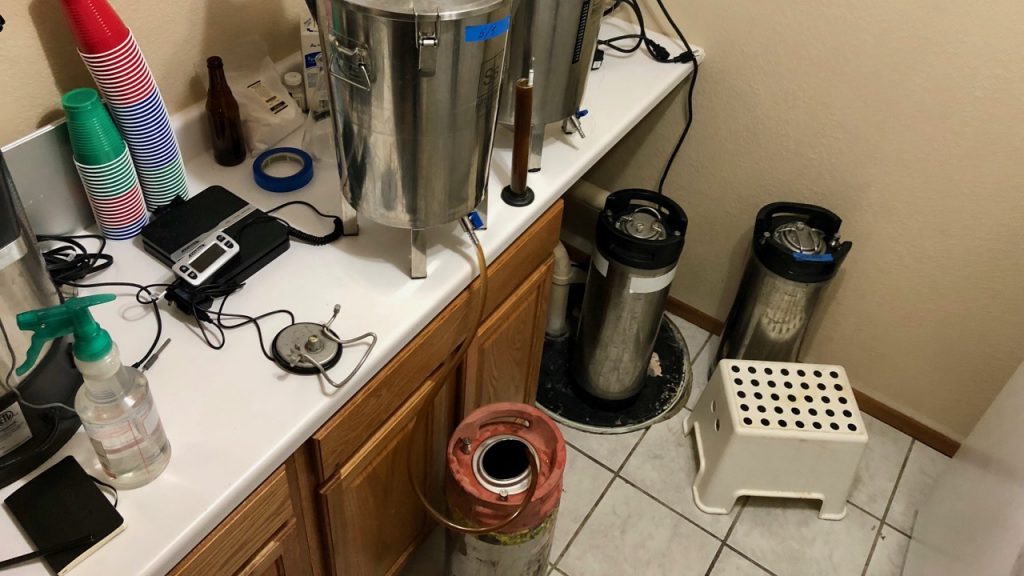
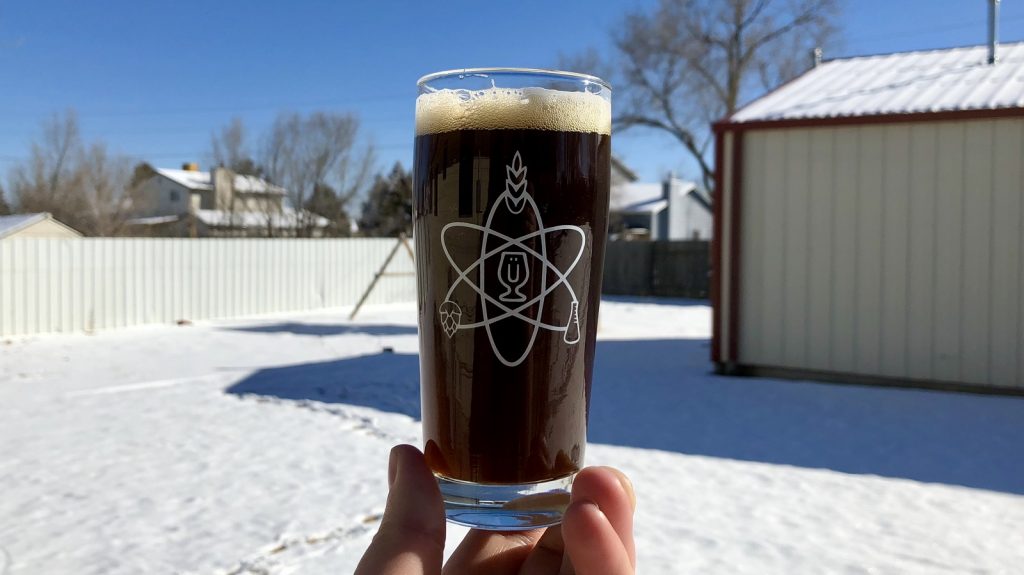
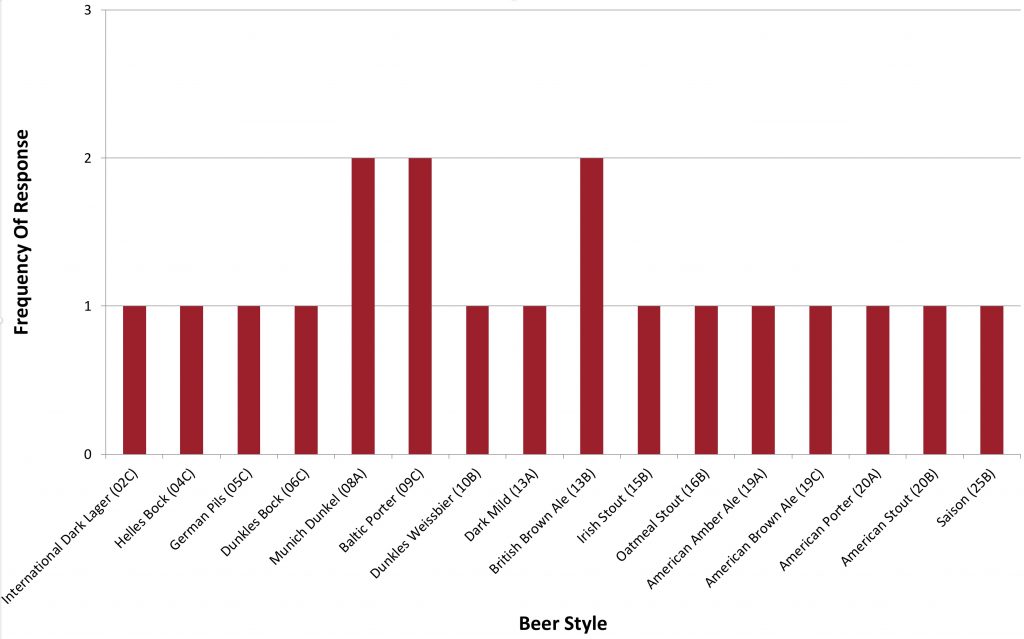
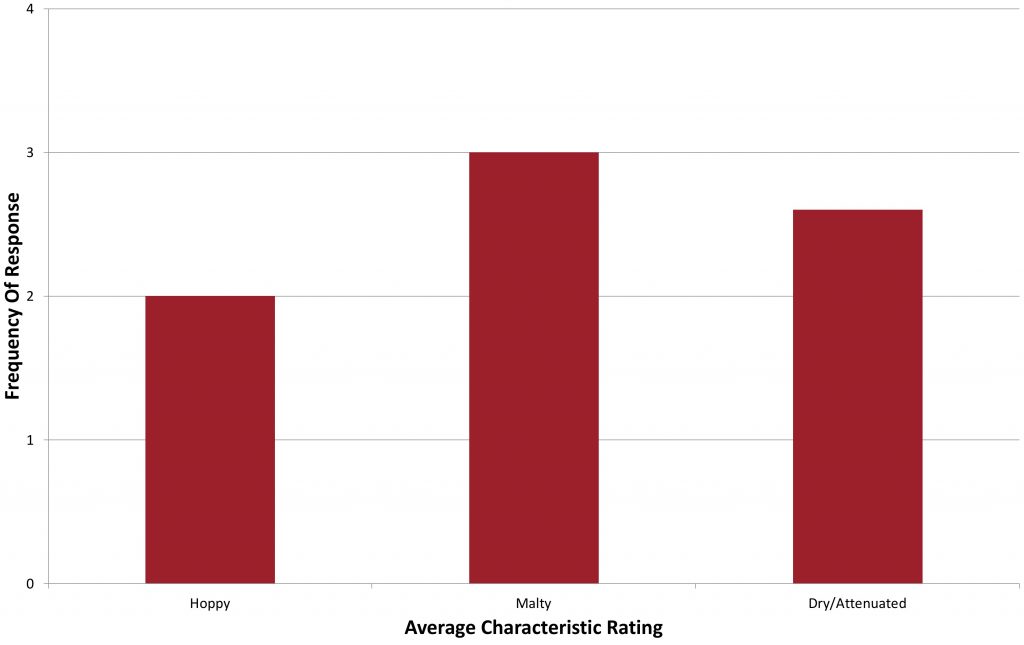
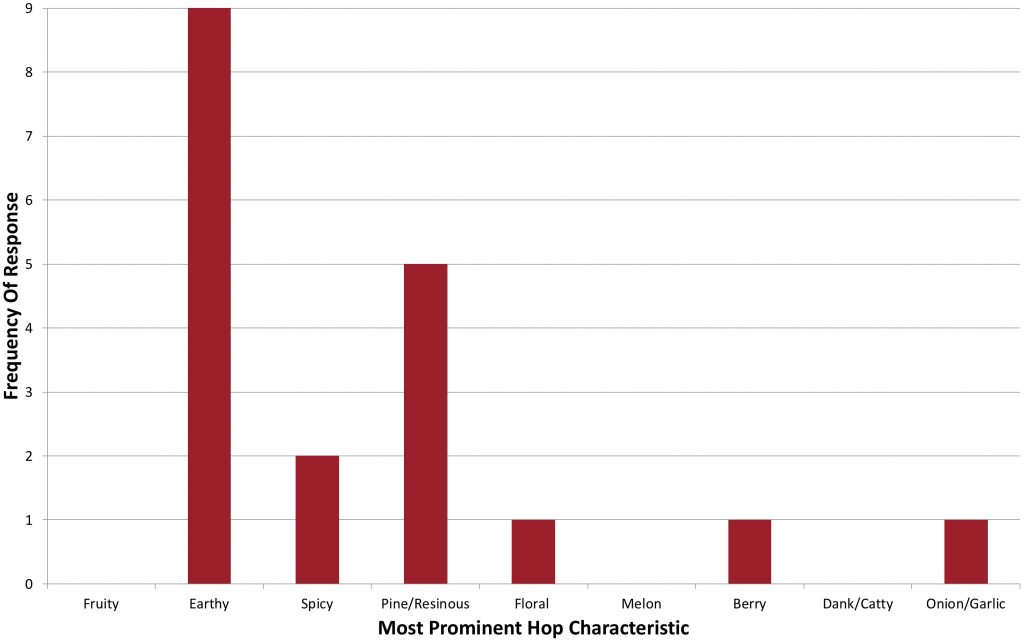
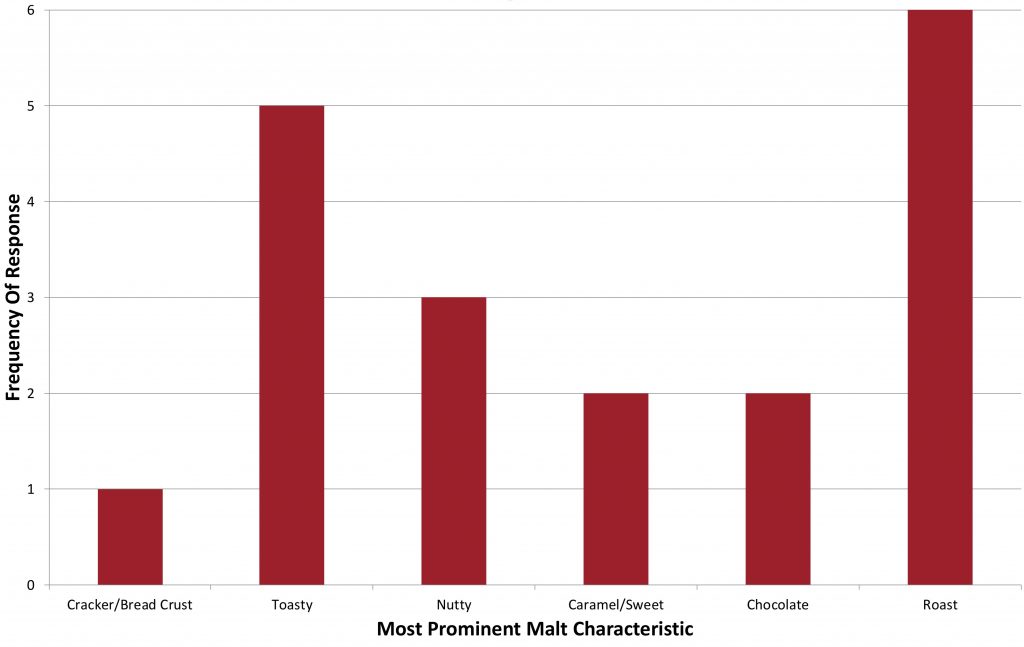
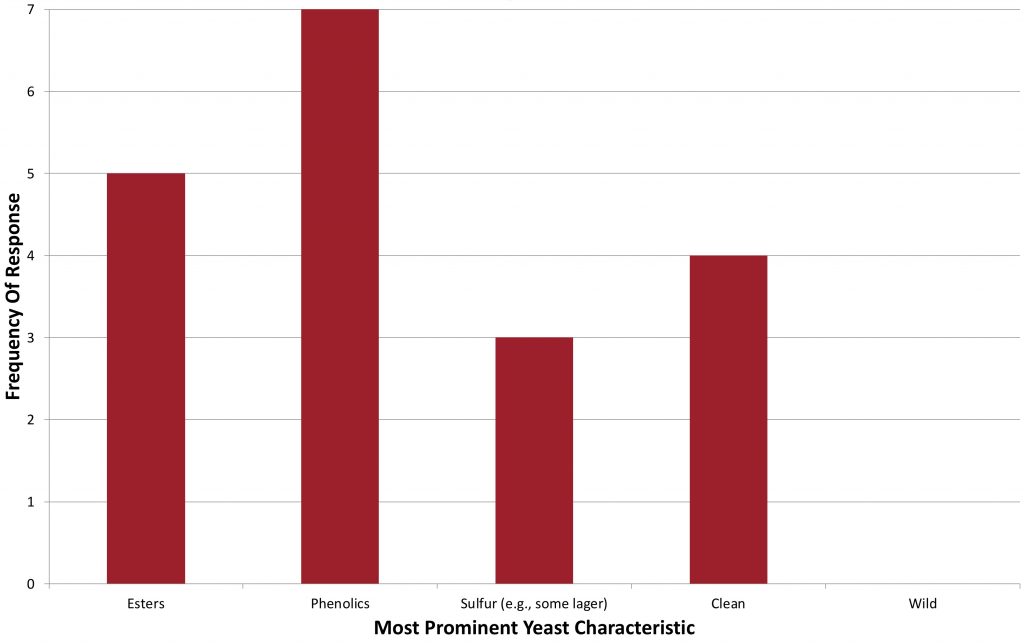
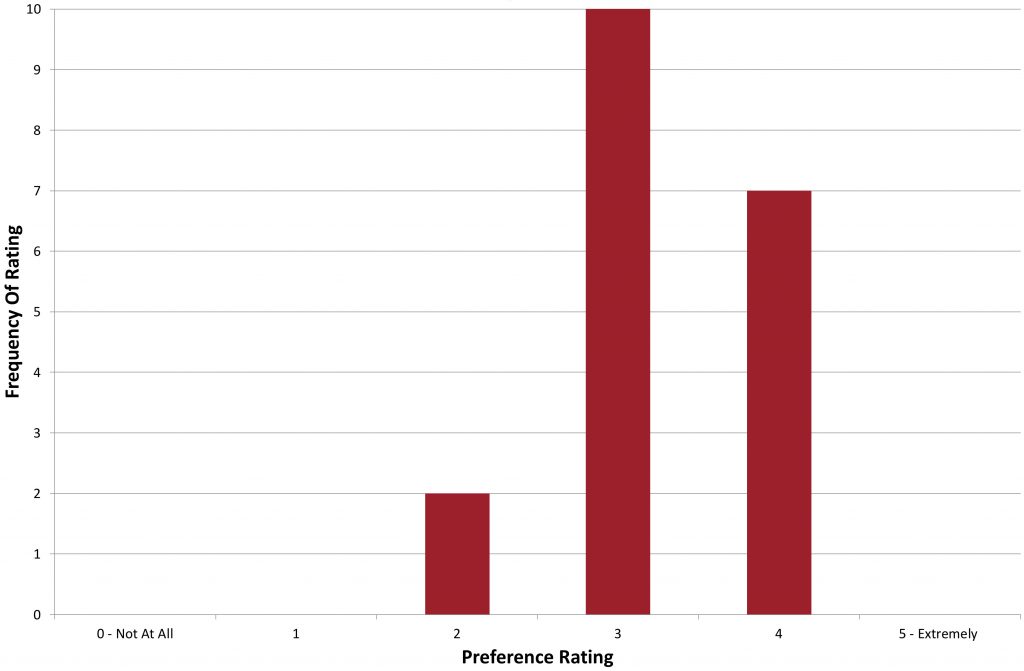











32 thoughts on “Short & Shoddy | Schwarzbier”
Hey Jason! Thanks for the write up, interesting stuff. I’d be curious to see you try some no sparge brews in the GF. I have done a couple in mine and they have turned out good. Just had to account for the drop in efficiency from my normal 70-75 down 55-60 depending on grain bill. I did a cream ale in just over two hours from start to cleaned up. I use the heat stick that Marshall has reviewed to help the GF get to temp a lot faster. I was doing these short and shoddy batches for a while but then had 2-3 batches with an off flavor that I have since traced to a co2 line in my keezer. I think it’s time to get short and shoddy again!
I haven’t yet! It’s definitely something I plan on doing in the future.
Can i send you some info of a California Lager i’ve been working on? Nothing fancy, just a geeky’s touch.
You bet. Jason [at] Brulosophy
Can you elaborate on the off flavors that you were experiencing in regard to the CO2 line? I’m curious because I have been on the hunt for my flavor problem and never even thought of the CO2 line, but am running out of possibilities. Thanks!
I just knew this one was going to be the one that made everyone say… “see you have to do things the traditional way… you must follow the rheinheitsgebot for the quality of your beer and for the glory of das Vaterland…” I was reading smugly… knowing that the very first change you made… reducing the midnight wheat… would certainly bite you in dein hintern…
I sit here now realizing how far we have come in this hobby. How much ingredients have improved. Things are just more durable now than they used to be… they are engineered to perform. And that more than anything else…in my experienced opinion… is why these short and shoddy brew days work out. Cause I’m here to testify; if you had done this with grains in the early 1990s… that beer would have tasted like a tea bag… Keep up the good work.
two words; rice hulls. I have learned the hard way a half pound of rice hulls is cheap insurance against a stuck mash. Nice work.
Well.. i think I’d share my 2 iteration of Swarzbier too 🙂 it’s recipes based on 34/70 at ale temp
Shwarzbier des dieux ( God’s Swarzbier )
15 gal final
24 lbs total
6 lbs munich
2 lbs carafa II
1 lbs carafa III
8 oz midnight wheat
balance pilsner
mash 66 1 hour
Sterling 2oz 60m
Sterling 2oz 20 min
sterling 4oz 5 min
Yeast 34/70 @ 19 celsius
Version one was acclaimed but I wanted a little less roasted coffee to let more place to chocolate taste.. Will keg the first carboy in 6 or 7 days.
V2 slightly lighter version 31-01-2018
.75 oz magnum 60m
2.5oz sterling 30m
2.5oz sterling 15m
6oz midnight
12oz carafa III
2lbs carafa II
6lbs munich 10l gambrinus
15lbs pilsner
12grams calcium chloride
33.4 IBU projected
Tasted when racked to secondary, and was good, but I will continue some small iteration to light it up a bit in V3 again. I’ll play a little bit with Hops schedule and quantity too.
I rack to secondary for practical reason :
– I hate washing a carboy, easier to wash a keg
– I never know when I will Keg so carboy are a damper/queue for me 😉 Can stay there for months until I select them .
34/70 at 19celsius changed my life !
Sorry I meant easier to wash a Bucket!
Hi there! Thanks for sharing this. Totally giving a try, as well as the recipe posted here. Do you think adding Amarillo would spoil the fun on this one?
Sounds and looks a lot like a mild. Do you think more people would have chosen that if it was a more popular style in the US? It’s a couple of months to mild month here so I’m looking forward to those thirst quenchers. A bit of everything (toast, nut, caramel, roast, earthy hop) but all in a mellow balance. Plus you can have a gallon over an evening and feel ok the morning after.
Hum.. for a mild I will use S-04 , marris otter or english pale ale malt, and some biscuit, crystal, maybe a little chocolate… My ingredients are more continental and mild is historically UK style… at the end, the names you decide to give to your beer is your choice as a brewer, the line is blurred and you baptise your creation as it pleases you.
Hi Jean-Philippe
I don’t doubt doubt the recipe differences but it’s all about how the end product is perceived. A typical mild here is crystal malt, some dark malt for colour (I doubt between midnight wheat and black patent there to be a vast difference here) and possibly brewing sugars and caramel for colour. The resulting beer in this post is sub 1.040, has around 20 IBU and has a portion of crystal and some roast malt. Some of the flavour descriptors are also fairly mild friendly: toasty, earthy, some esters. Phenols out of place, mind.
Thanks for the write up Jason. In exploring recipes, I have found schwarzbier a neglected style among homebrewers. I was equally impressed by your homemade pizza. Looked delicious! I am currently conducting my own experiment with the style by splitting a batch of wort between a lager and an ale yeast to explore their respective influence on a schwarzbier recipe. Now wish I had kept better notes so I could share the results in the manner you have. Cheers!
I forgot to tell : I actually went up in the kitchen, unfroze a ball of homemade pizza dough, and cloned your little pizza before my original answer to your blog ! Was a delicious pizza thanks for inspiration !
Cheers!
Who the hell thought that was a german pils?! lol. I’d love for you all to start BJCP scoring each short and shoddy and including it in the write up. Even self-scoring would be a nice way to help us gauge how good it turned out.
OG in the recipe shows 1.049 when it was actually 1.039 correct?
Also, why didn’t you list Schwarzbier as a style option in your survey? I don’t really trust your tasters if you have someone thinking it was a saison…
Opportunity here. Make it, gather tasters you trust and let us know. Way i see it, it looks like someone doesn’t handle beers without it’s personal BJCP bible…
I don’t want to rub it in, but what did you think was going to happen to your pump with that great big lump of grain in there! The Grainfather will clog with far less grain going through than that.
I removed the ball/spring from the valve, and hoped for the best.
So, you have 5 people tasting esters and 7 phenolics (both result of yeast estress), and other 2 detecting off-flavors. And your conclussion is:
1. People who tasted phenolics don’t know what are saying because they are confused with the malt.
2. People told me that the beer lacked the character of a lager but the beer was a complete succes.
My conclussion is the opposite: you have a poor lager, with a lot of people remarking the defects of it. Why they gave you a good score? That’s the question.
I love your exbeeriments, but this time I think you must be more honest with the results.
Same as above. Make it, gather tasters you trust and share the results. You can only prove as much as you experience. If you guys try to snob beer, the only thing you get is making a fool of yourselves. Ultimate results are given by those to experiment and finally, share those results with people. Guess what; same for tasters. You tried a ballast point and feel like a pro? Give me a Short & Shoddy for hop sakes.
To an extent I agree, but I’d question what the purpose of the experiment was.
If it were to make the best schwarzbier using S&S techniques, then you’d need both the brewer and the tasters to be familiar with the style and judge it against that. That wasn’t done here.
But if it were to find out whether you can make a tasty beer with S&S techniques, then this is another experiment that says, yes, you can.
Ultimately it comes down to whether it’s about trying to brew perfect examples of a style or making beer you and your friends enjoy drinking. Different objectives, different judging requirements.
I also missed the point of this experiment. Was it an experiment at all? Were you just trying to see if people could tell what kind of beer you made? Were you testing the short and shoddy method? Were you testing if people were able to detect astringency in a beer where grains were boiled? Or were you just screwing around and trying to make excuses for why your tasters would taste something off about your final product. Too inconsistent.
Sometimes a brew day goes off without a hitch…and sometimes not. Nice to see the fine folks at Brulosophy are as human as the rest of us. Rice hulls, every time, cheap insurance. I can’t help but gasp when I read about wort left unpitched for a few hours and you let it go all night? Horrors. I never give unintended guests that sort of chance. I also am a little suspect of your ferment temp. Imperial suggests L-13 at 46-56F, you pitched at 72F and let it run its course? What ever happened to the fast lager method? Yeah I know, lots of xbeeriments supporting lager at ale temps, but I think it’s a risk. Many clean ale strains out there. Want it super fast go ale. Lager characteristics wanted? Then fast lager. Sounds like the ferment temps (and/or infection) burned you.
I fell in love with this style while visiting Heidelberg, Germany. Depending on the time of year, my beer on hand, etc., I’ve used the same recipe using lager yeast (34/70) and ale yeast (05). Best description: The lager is like silk and the ale carries exceptionally strong coffee and chocolate flavors. Each one is great in their own right but I prefer the lager.
6 lbs Munich Malt (9.0 SRM)
4 lbs Pilsner (2 Row) Ger (2.0 SRM) %
8.0 oz Caramunich Malt (56.0 SRM)
8.0 oz Roasted Barley (300.0 SRM)
5.0 oz Carafoam (Weyermann) (2.0 SRM)
5.0 oz Acidulated (Weyermann) (1.8 SRM)
4.0 oz Carafa III (Weyermann) (525.0 SRM)
4.0 oz Chocolate Malt (350.0 SRM)
Protein Rest 125.0 F 10 min
Beta Sacch Rest 144.0 F 50 min
Alpha Sacch Rest 158.0 F 30 min
Mash Out 165.0 F 10 min
Fly sparge
0.60 oz Northern Brewer [9.80 %] – Boil 60.0 min
0.50 oz Hallertau [3.80 %] – Boil 15.0 min
0.50 oz Tettnang [2.00 %] – Boil 15.0 min
0.50 oz Hallertau [3.80 %] – Boil 1.0 min
0.50 oz Tettnang [2.00 %] – Boil 1.0 min
I just don’t get how the folks who said that beer was a Saison or a German Pils can end giving that same beer a 3 out of 5 (at least, maybe they were who gave it a 5) in representativeness of the style.
Love the short and shoddy brews. I notice that all the published recipes are for fairly low OG beers. Have you attempted or considered attempting a higher gravity beer, like a short and shoddy Barleywine? I’m contemplating attempting a short and shoddy wee heavy with a target OG of 1.100. Worried that I that I wont get the conversion I need in a 30 minute mash. Anyone got experience of this? Cheers
Just a quick update on this: I went ahead with a Wee Heavy which I mashed for 30 minutes, single infusion rest at 68 degrees C. I hit all my volume numbers. I had been shooting for an OG of 1.100 and the actual was 1.095. Very happy with this considering the short mash time and BIAB method.
Would like to understand/get your WH recipe … short/shoddy style of course.